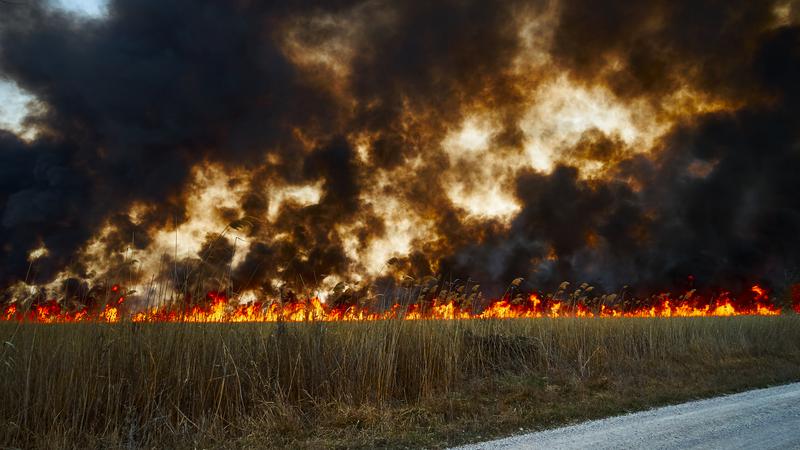
Potential for active wildfire season high despite rain in Saskatchewan
A wetter than normal May and June has led to a significantly slower start to the wildfire season in the province, but the Saskatchewan Public Safety Agency (SPSA) said that doesn’t mean the impact will last throughout the summer.
In an email to paNOW, a spokesperson for the SPSA said, “It is forecasted to be a warm and dry summer, which means the potential for wildfires will increase as the fuels dry out.”
According to the daily fire danger map, most of the province is currently rated as low or moderate potential for fire intensity, however, there are also parts of the province rated as high or extreme.
Since January, there have been 174 wildfires in Saskatchewan that have charred 33,698 hectares. That’s compared to 384 fires during the same time last year and more than 1,711,003 hectares burned.


